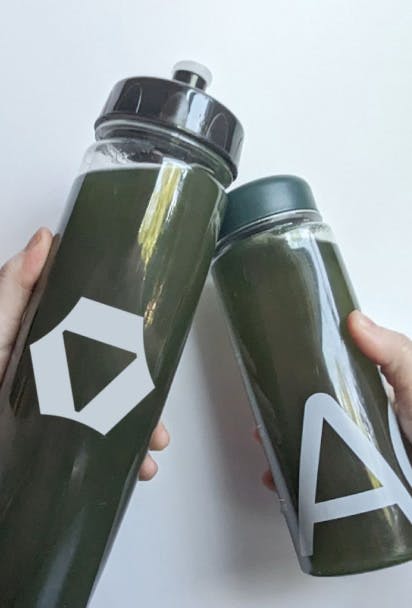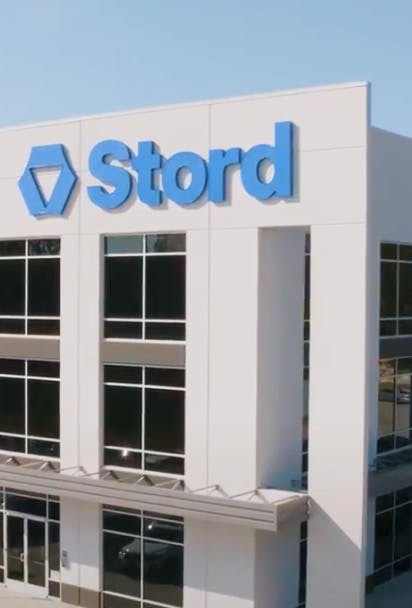Many of the trends and changes we expect to see in 2021 are largely driven by the supply chain weaknesses and gaps identified in 2020. Today’s supply chains are inherently inflexible, and they’re becoming increasingly more complex. Customer expectations have become more demanding, brands are adding more sales channels into the supply chain, and 2020 showed us that we need to be prepared for sudden changes to supply and demand patterns.
Leading up to 2020, we saw a lot of companies start to add in more e-commerce and direct-to-consumer channels into their supply chain in order to respond to their consumers’ increased demand for online shopping. These brands were relying on 3PLs more than ever to handle the increased supply chain complexity, which in turn meant layering their technology stacks on top of one another, creating data and planning siloes.
There’s been a lot of innovation in the supply chain space over the past few years, but the consequences of increased complexity and siloed systems hit hard in 2020, and it’s why supply chain networks and their flexibility and agility have become major topics of discussion in enterprise board rooms this year. COVID-19 affected supply patterns, but its major impact was on demand patterns. Consumers went home and stayed there, drastically changing how they shopped. E-commerce is no longer just a nice-to-have, it’s a necessity. Brands who up to this point hadn’t considered e-commerce as part of their integral strategy, namely those in the B2B, Wholesale, Manufacturing and Retail industries, have the biggest opportunity to make it their competitive advantage.
A key part of developing that strategy is looking at how supply chains can respond to new channels and demand, and planning for both the best and worst case scenarios. After talking with our customers and surveying other supply chain executives, these are the five supply chain trends that companies will be turning their attention to in 2021:
1. Reduction of fixed cost infrastructure
Misalignment between variable and fixed costs can be a liability in today’s environment where supply chains need to be adaptable to demand changes and exceptions. Reducing or eliminating any fixed costs that aren’t driving a competitive advantage will allow for more flexibility, and give brands more time and resources to focus on growing their product lines and obsessing over their customers.
2. Centralizing technologies
Supply chains are a web of different technologies: WMSs, TMSs, ERPs, demand planning software, integration hubs, etc. When each platform and its data is siloed, it’s hard to react to sudden changes in supply and demand. Historically, breaking down these barriers has been a challenge, but new software and innovation is making centralizing operations on one platform and control tower views much more accessible.
3. Agility as a strategy
This year, fixed supply chain plans and fixed budgets strained companies that struggled to adapt to supply and demand changes. In 2021 and beyond, brands need to layer in more capability so they’re able to flex their supply chains as needed. This means looking at how contracts can be structured or partners can be sourced so that the supply chain remains agile, and layering in demand planning and modeling. Agility can lead to higher costs across suppliers, traders and partners with whom you can negotiate long contracts for lower rates, but it’s becoming the key cornerstone of supply chains. The more brands that support agility, the more we can change the typical supply chain model.
4. Improved AI/machine learning
AI and machine learning have been industry buzzwords for some time, but they haven’t made as much progress as was expected over the past five or ten years. 2020 highlighted how important it is to pull data science and the procurement and supply chain teams as close together as possible; it typically takes 3-4 months to execute after a demand signal, which caused a lot of delays in 2020. If companies haven’t already started implementing AI/machine learning, it will be hard to drive towards this kind of modeling in 2021. However, we’re watching companies use AI and machine learning on lower hanging fruits like exception handling as a first step.
5. Embracing robotic automation
This has been a trend for several years, but what’s new going into 2021 is that we’re seeing it being layered into fulfilment centers as a way to assist humans. Many supply chains faced a shortage of labor in 2020 as a result of COVID-19, and now companies are considering how, going forward, they can decouple headcount from order growth using automation solutions.




